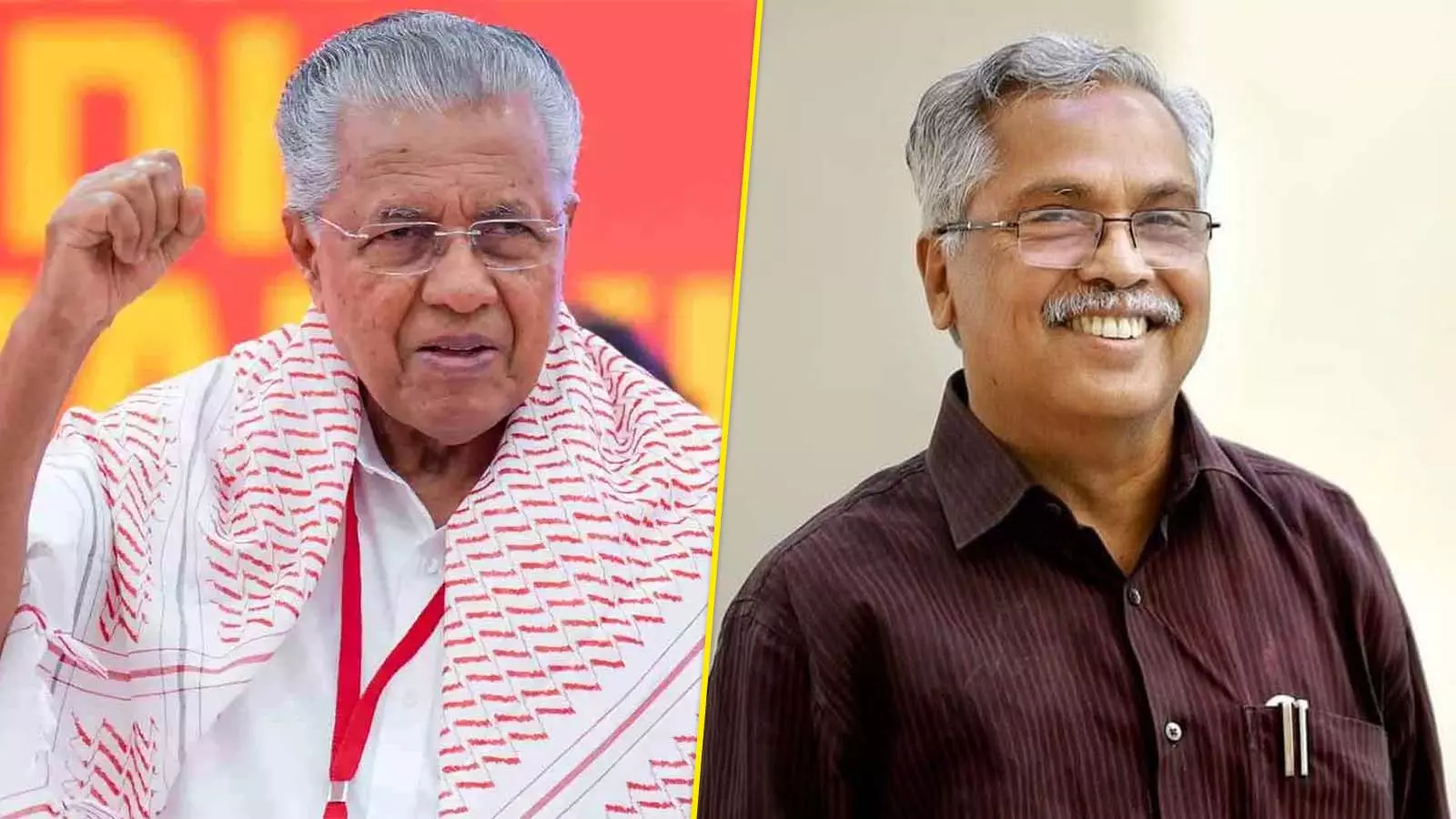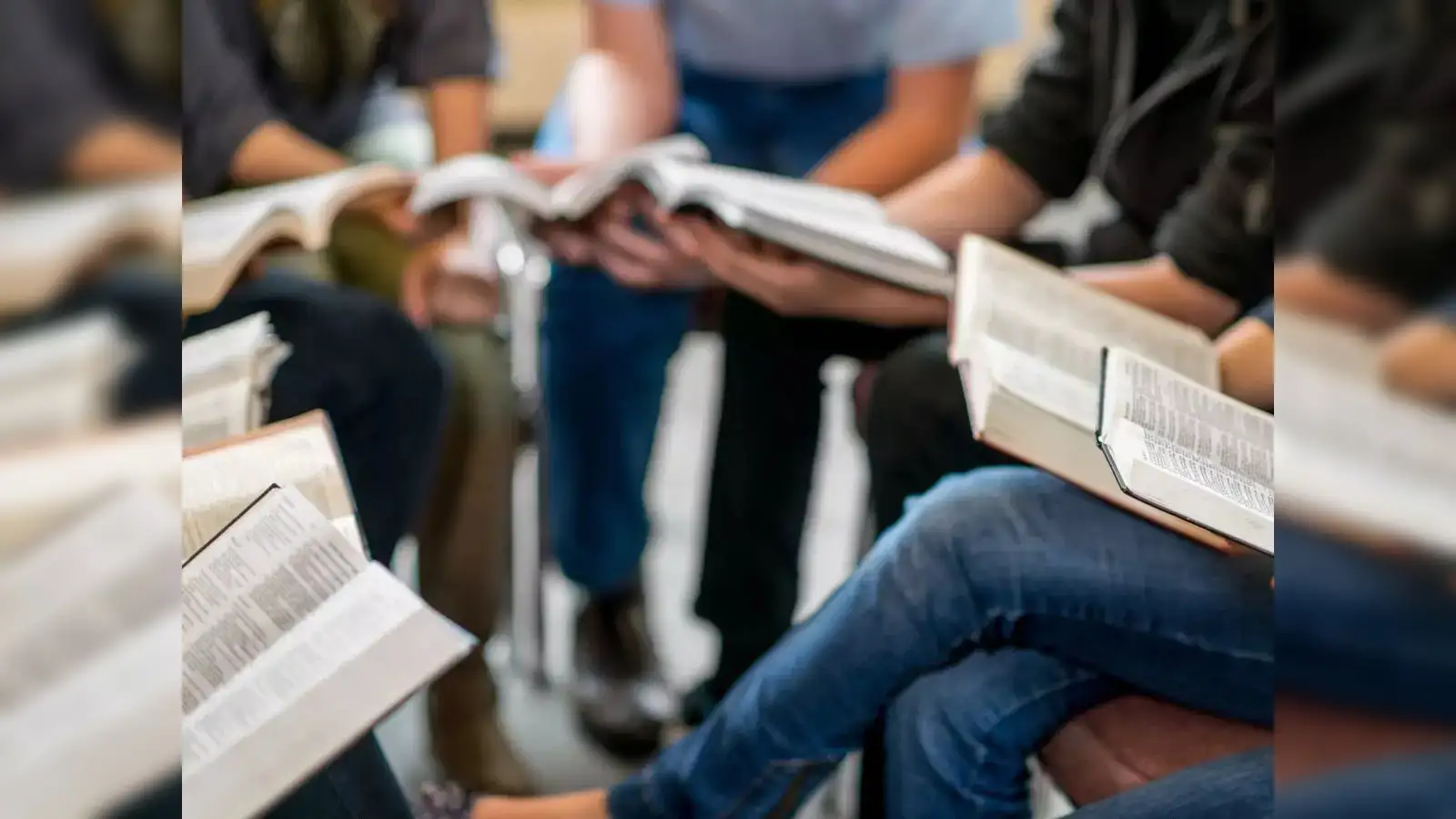Context
- In October 2025, Kerala signed a Memorandum of Understanding (MoU) with the Central Government to implement the PM Schools for Rising India (PM-SHRI) scheme, reversing its earlier position.
- This followed the Centre’s decision to link the release of Samagra Shiksha funds with adoption of the scheme.
- The move led to policy-level discussions within the state and debates over the balance between state autonomy and national education reforms.
What Is the PM-SHRI Scheme?
- The PM Schools for Rising India (PM-SHRI) scheme was launched in 2022 to develop 14,500 model schools that demonstrate key features of the National Education Policy (NEP) 2020.
- These schools are meant to serve as “exemplars” for other institutions, showcasing innovative teaching, skill-based learning, digital education, and inclusive infrastructure.
- Each PM-SHRI school must:
- Implement NEP 2020 recommendations such as art-integrated and toy-based learning.
- Introduce vocational education and establish skill labs.
- Focus on competency-based assessment instead of rote learning.
- Achieve zero dropouts and measurable improvement in learning outcomes.
- Funding follows a 60:40 Centre-State sharing model, with allocation based on performance in the School Quality Assessment Framework.
Why Has Kerala’s Decision Sparked Controversy?
- Kerala had earlier expressed concerns about PM-SHRI being tied to the NEP 2020, citing differences with its existing education framework.
- The recent MoU marked a policy shift, leading to internal discussions within the ruling coalition and observations from the Opposition.
- The episode highlighted the broader debate over education policy harmonisation between the Centre and states.
Centre-State Funding Tensions
- The Samagra Shiksha scheme supports Right to Education (RTE) implementation, textbooks, uniforms, and inclusive education.
- The Centre linked fund allocation to adoption of PM-SHRI, due to which Kerala initially received reduced allocations (about ₹1,150 crore short for 2023–26).
- To ensure continuity of essential education programmes, the state opted to sign the MoU, but clarified that it would only implement select aspects of NEP, retaining control over curriculum and textbooks.
Which States Are Implementing or Opposing PM-SHRI?
- Adopted by: Karnataka, Telangana, Himachal Pradesh, and several others.
- Opposed or reserved: Tamil Nadu and West Bengal, citing concerns over educational autonomy.
- Some states such as Delhi and Punjab adopted the scheme later after negotiations on funding mechanisms.
Challenges and Way Forward
| Challenges | Way Forward |
| 1. Federal Tensions: States fear erosion of control over school education and curriculum design. | Strengthen cooperative federalism through Centre-State consultations, ensuring flexibility for states in implementing NEP components. |
| 2. Linkage with NEP 2020: Mandatory adoption of NEP provisions creates apprehension among states with differing education models. | Allow context-specific adaptation of NEP principles; promote dialogue for consensus-based reforms rather than one-size-fits-all mandates. |
| 3. Funding Dependency: Linking Samagra Shiksha funds to PM-SHRI compliance pressures states financially. | Delink funding from compliance; ensure predictable grants for essential schemes like RTE, textbooks, and inclusive education. |
| 4. Political and Ideological Concerns: Opposition parties allege the scheme promotes centralisation and political branding. | Ensure transparent implementation, focus on outcomes, and highlight educational, not political, objectives. |
| 5. Capacity and Infrastructure Gaps: Many state schools lack infrastructure and teacher training required for PM-SHRI standards. | Increase capacity-building and infrastructure grants, set phased targets, and share best practices from successful PM-SHRI schools. |
Conclusion
The PM-SHRI (Kerala) episode reflects the broader challenge of balancing national education reforms with state autonomy. While the scheme’s objectives, improving quality education and creating model schools, are aligned with NEP 2020, successful implementation depends on cooperation, flexibility, and transparency across all levels of governance.
| Ensure IAS Mains Question Q. Discuss the objectives of the PM-SHRI scheme and analyse the reasons for resistance by some states. How can cooperative federalism strengthen education policy implementation in India? (250 words) |
| Ensure IAS Prelims Question Q. With reference to the PM-SHRI scheme, consider the following statements: 1. It aims to develop model schools that reflect the National Education Policy 2020. 2. The scheme is fully funded by the Central Government. 3. States must sign an MoU with the Centre to implement the scheme. Which of the above statements is/are correct? Answer: a) 1 and 3 only Explanation: Statement 1 is correct: The PM Schools for Rising India (PM-SHRI) scheme aims to develop model schools that showcase the key principles and practices of the National Education Policy (NEP) 2020, such as experiential learning, skill-based education, and inclusive infrastructure. Statement 2 is incorrect: The scheme is not fully funded by the Central Government. It follows a shared funding model (60:40) between the Centre and States (and 90:10 for Northeastern and Himalayan states). Statement 3 is correct: For implementation, states are required to sign a Memorandum of Understanding (MoU) with the Central Government. This MoU outlines roles, responsibilities, and conditions for funding and monitoring. |
Also Read | |
| UPSC Foundation Course | UPSC Daily Current Affairs |
| UPSC Monthly Magazine | CSAT Foundation Course |
| Free MCQs for UPSC Prelims | UPSC Test Series |
| Best IAS Coaching in Delhi | Our Booklist |




